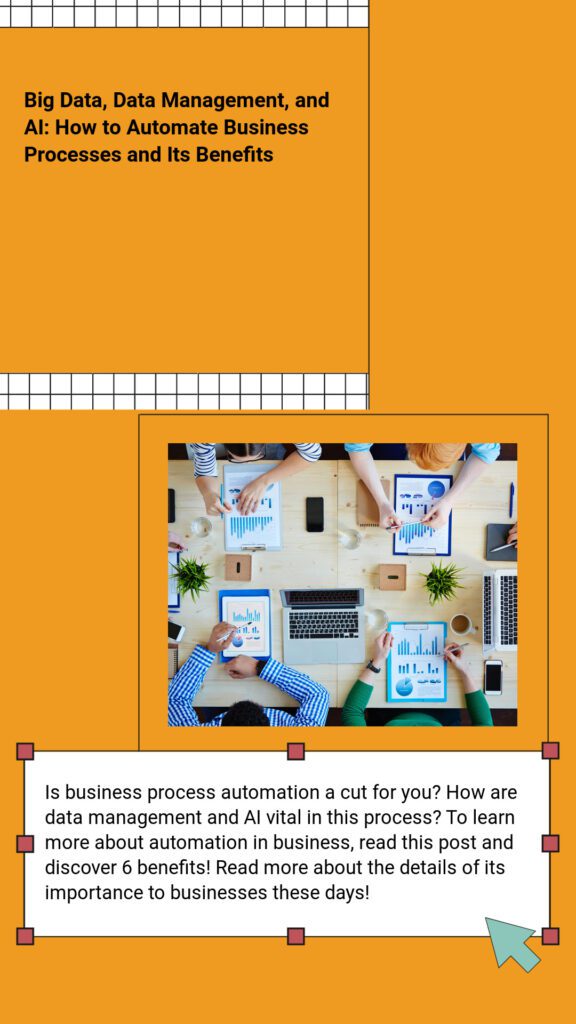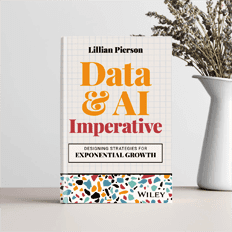The automation of process in business is a very important tool. It’s usage is increasing day-by-day to improve both the service and quality of business process. Additionally, big data adoption has matured. Big data is no longer a trend or possibility waiting on the horizon. Big data adoption stats reached an all-time high of 53% in 2017, miles above the 17% from 2015. A multitude of companies and organizations have either come onboard or are planning to in the near future.
[disclaim]This is a guest post that was written by Nathan Sykes. Nathan founded Finding an Outlet, so that he could share the latest news and trends in business and technology. To read his latest articles, follow him on Twitter @nathansykestech.[/disclaim]
Simply put, big data and the automation of process in business is here to stay, but for these to be increasingly lucrative and reliable, the data and management systems will need to unlock the following new enhancements:
- Queue automation
- Modern AI enablement.
How to Use Automation of Process in Business
In 2018, much of business process automation comes down to big data, data management and AI.
Automation Can Unlock Data’s Potential
According to Gartner, the new data management setup will be referred to as a logical data warehouse — one that’s driven by an adaptable, hybrid data ecosystem, rife with automation and convenient functionality. Cloud computing, third-party data marketplaces and modern analytics have made data accessible to all. The problem, however, is not the accessibility of said data, but rather, it’s the readability of it. Just because you hand someone the keys to a vast trove of raw data doesn’t mean they’re going to be able to use it. Furthermore, even if you hand them processed, collated and organized data, it might not be relevant to their business model.
Automation — especially when paired with AI and modern computing solutions — will unlock the true potential of using our vast data stores to empower automation of process in business. AI-enablement is the key to automation of process in business. How? For starters, AI-enabled automation is much more efficient and accurate at data management than say, the average human. It’s also much more responsive than your average data scientist.
That doesn’t mean data scientists are removed from the equation, though. They will still be necessary to assess the out-coming data, develop and craft automation tools and experiences, and much more. What are some other ways automation will serve in the big data sector going forward?
Data Preparation Roles
Automation and similar technologies will help reduce the processing time of predictive analytics — it will just take some time to get there as data scientists will need to fully understand and create algorithms that automation systems can leverage. A robust language that works to streamline analysis and accurately discern trends will also be necessary.
This can be achieved through a series of frameworks and foundations, but again, it will take time to craft this sort of thing.
Proliferation of Self-Service
This one is huge because every business — big or small — must rely in some small way on outside parties and teams to acquire real-time data and insights. Most organizations don’t have the resources to handle this in-house, and if they do, it still requires a considerable amount of power.
Thirty-nine percent of marketing teams report that their department has access to data that is “too infrequently or not real-time enough.” No doubt this pertains not just to the flow of data, but also to the resources and ability to process and extract insights from it as well. This is where automation of process in business comes in. Automation will alter the entire process so that it can be handled in-house through a self-service system. You’ll still rely on service providers, obviously, but once the data is in your hands, all bets are off. This is especially beneficial for small- to medium-sized business that want to cut their reliance on outside parties.
Streamlined and Consistent Insights
Strictly speaking, a computer or piece of technology never tires, never gets bored and never wavers —unless there’s a hardware failure of some kind. That means, even if it’s working at slower speeds, it can achieve a great deal more than human counterparts in most cases. This makes a case for automation in big data and analytics all by itself.
Imagine an entirely streamlined and consistent channel of insights flowing into your business or teams, in real-time, exactly when and where they need it. Akamai — a content delivery network — analyzes 75 million events per day, which allows them to better target advertisements. Imagine how much more efficient your processes can be with a similar setup and how much more data you can unlock?
Better Security
Cyber and data security are different beasts entirely, and they are much more complex and nuanced than what we can discuss here. In general, though, automation will help improve the security and proper management of data streams and stored content.
Industrial automation equipment and applications, for instance, now output and handle a unique set of data streams — something that was never possible with traditional equipment. This opens up a variety of new vulnerabilities and risks, many of which can be covered and better protected through automation — think better cybersecurity management solutions with less oversight.
Usability Trumps Quantity
In the end, you could be bringing in huge streams of data and storing it for use later. But guess what? None of that makes a difference. All that data is essentially useless unless you have a way to extract usable, actionable intel from it. Organizations that can do this with their data most effectively will always trump those that simply have vast quantities at their fingertips. It’s not about how much you have. It’s what you do with it that matters.
Automation can help you — and the rest of us — unlock more accurate insights more rapidly and consistently. That counts for everything in the current landscape, as well as those into the near future.





